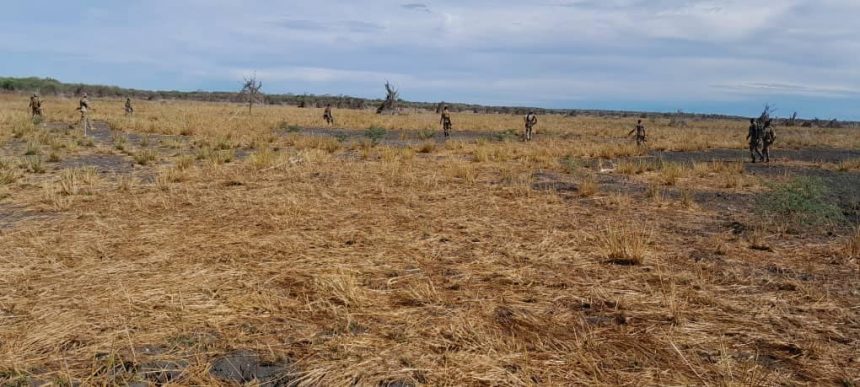In recent years, Somalia has been plagued by the activities of the terrorist group, Al-Shabaab. The group has been responsible for numerous attacks in the country, causing widespread destruction and loss of life. However, in the past year, the government has launched a multifaceted war against the group, and this has led to significant changes in the group’s operational capabilities. One of the most notable changes has been the growing internal divisions within the group. This presents a strategic opportunity for the government to deal a decisive blow to the group’s operational capabilities.
Over the past year, the Somali government has implemented a multi-pronged strategy to combat Al-Shabaab. This strategy has involved a combination of military operations, intelligence gathering, diplomatic engagement, and community outreach. As a result of this strategy, Al-Shabaab has lost significant territories, and its sources of funding have been cut off. Furthermore, there has been growing disillusionment within the group, with some senior members turning against each other.
The internal divisions within Al-Shabaab present a unique opportunity for the government to deal a significant blow to the group’s operational capabilities. One of the most effective ways the government can exploit these divisions is by using targeted intelligence gathering to identify and track
the movements of senior members who are turning against each other. By doing so, the government can create an environment of distrust and paranoia among the group’s leadership, weakening its ability to plan and execute attacks.
Furthermore, the government can utilize diplomatic channels to isolate the group from its sources of funding. Countries with ties to Somalia can be urged to freeze the group’s assets and deny it access to financial networks. This strategy can limit the group’s ability to procure weapons, equipment, and supplies necessary for its operations, thereby weakening its operational capabilities.
Another way to take advantage of the growing division within Al-Shabaab is to counter its recruitment networks. The government can work with local communities to spread awareness about the dangers of joining terrorist groups and offer alternative opportunities to those who might be vulnerable to recruitment. This strategy can help to disrupt the group’s supply of new fighters, thereby undermining its ability to maintain and expand its operations.
Finally, the government can work with other regional security organizations such as the African Union Mission in Somalia (AMISOM) to create an environment of safety and security that can convince more members of Al-Shabaab to defect. By offering safe passage and amnesty, the government can encourage those who are disillusioned with the group’s extremist ideology to leave and join mainstream society.
The current internal divisions within Al-Shabaab present a unique opportunity for the Somali government to deal a decisive blow to the group’s operational capabilities. By implementing a multi-pronged strategy that targets the group’s leadership, its sources of funding, and its recruitment networks, the government can weaken the group’s ability to plan and execute attacks, and ultimately pave the way for a more secure and stable Somalia.
However, it is important to note that dealing with the threat of terrorism in Somalia is a complex and ongoing challenge. The government must continue to work closely with regional partners and international organizations to develop and implement effective strategies to combat terrorism in the country. Nonetheless, the internal divisions within Al-Shabaab represent a significant opportunity for the government to gain the upper hand in the fight against terrorism in Somalia.





